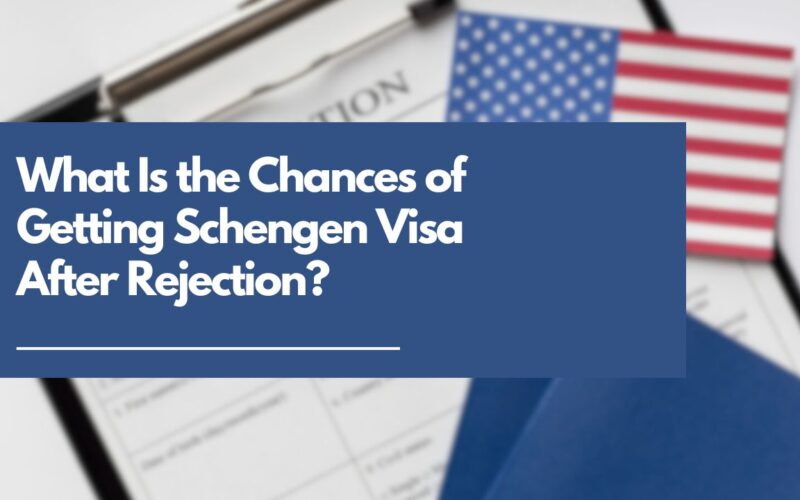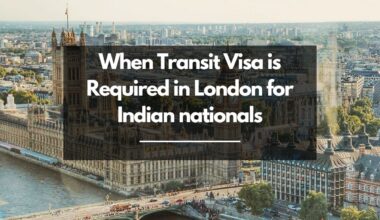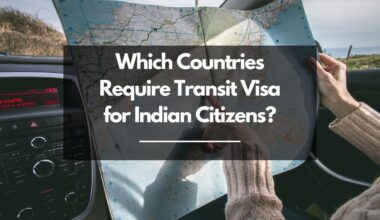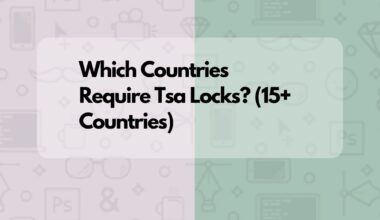As an Amazon Associate, I earn a small commission from qualifying purchases. Learn more about this.
Imagine planning your dream vacation to Europe, only to have your Schengen visa application rejected. It can be frustrating, no doubt. But what can you do about it, and what are the chances you could still get your visa accepted again after this experience?
What Is the Chances of Getting Schengen Visa After Rejection?
Before anything else, it’s important to note that each Schengen visa application is evaluated individually, based on its own merits and the applicant’s circumstances.
Hence, the chances of getting a visa after a rejection can vary significantly depending on your specific situation.
What’s important is understanding that a previous rejection doesn’t automatically spell doom for your future applications. In fact, many applicants successfully obtain their Schengen visa after facing an initial rejection.
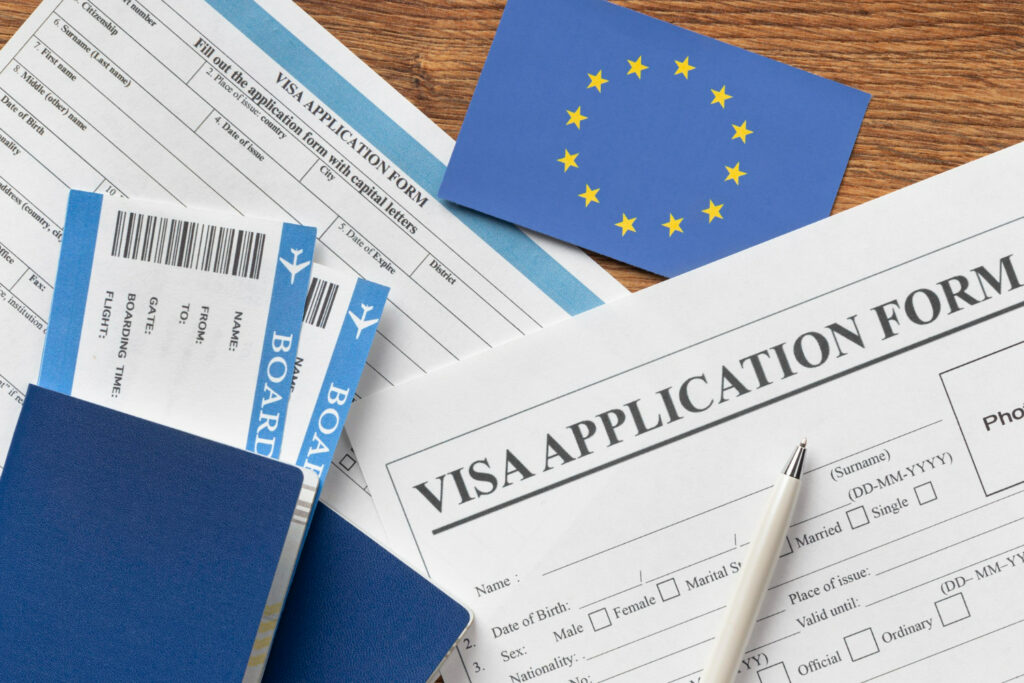
There are several reasons why a Schengen visa might be rejected. It could be due to incomplete documentation, lack of sufficient financial means, unclear travel itinerary, or suspicion that the applicant will not leave the Schengen area after the visa expires.
Understanding the specific reason for your rejection is the first step towards improving your chances for the next application. The rejection letter you received should outline this, and it’s this feedback that will guide your next steps.
Once you’ve pinpointed the reasons behind the rejection, the next step is to address these issues.
If it was a documentation issue, ensure you provide all necessary documents and meet all requirements next time. If financial stability was a concern, you might need to demonstrate a consistent income or higher bank balance. And if your travel plans were unclear, providing a clear and detailed itinerary can help.
Reapplying after understanding and rectifying the reasons for rejection significantly increases the chances of visa approval.
The Schengen authorities want to ensure you meet their criteria and that you’ll respect the rules of the visa. Show them this, and your chances look much brighter.
Common Reasons Why Schengen Visas are Rejected
1. Insufficient or incorrect documentation
The Schengen visa application requires a variety of documents, from passport photos to proof of accommodation, travel insurance, and more.
If anything is missing, incomplete, or incorrectly filled out, your application may face rejection. So, always double-check to make sure all your paperwork is in order!
2. Financial stability
Consulates want to ensure that you have the means to support yourself throughout your stay in the Schengen area.
If you can’t convincingly demonstrate your financial stability — whether through bank statements, a letter from your employer, or other means — this could lead to a visa refusal.
3. Purpose of Visit
A clear and believable purpose of visit is also essential.
If you’re unable to provide a detailed itinerary or if your plans seem vague or dubious, your application might hit a roadblock. So, ensure your plans are well-thought-out and clearly articulated.
4. Illegal Immigration
If there’s suspicion of illegal immigration — that is, if authorities have reason to believe you won’t leave the Schengen area once your visa expires — you’re likely to face rejection.
Having ties to your home country, such as a stable job or family, can help demonstrate that you intend to return.
The Proper Way to Reapply A Schengen Visa
If you’ve experienced a Schengen visa rejection, the next step is to understand how to reapply effectively. The good news? The process isn’t as daunting as it might seem at first glance.
First, do not rush to reapply immediately after a rejection. Take the time to understand the reasons for your rejection.
This is often mentioned in the refusal letter you receive from the consulate. Once you have identified the issue or issues, you can begin to address them appropriately.
If your rejection was due to incomplete or incorrect documentation, ensure that you have all the correct and completed documents for your next application.
This could mean anything from gathering further evidence of your financial status to ensuring that your travel insurance covers the entire period of your proposed stay in the Schengen area.
In case your financial means were questioned, you may need to build up a stronger financial profile. This can include accumulating savings, securing steady employment, or finding a sponsor who can support your travel financially.
When it comes to the purpose of your visit, make sure it’s clearly defined and believable.
A well-detailed itinerary, with booked accommodations and planned activities, can go a long way in making your case.
Once you’ve addressed the issues that led to your initial rejection, you can proceed to reapply.
This process is similar to the initial application. Complete the application form, gather all required documents, and book a visa appointment. During your visa interview, be prepared to discuss the reasons for your prior rejection and how you’ve addressed them.
Final Thoughts
So, should you worry about your rejected Schengen visas? They’re certainly something to take seriously and learn from, but they shouldn’t be the sole reason for a double rejection. You can always reapply!
